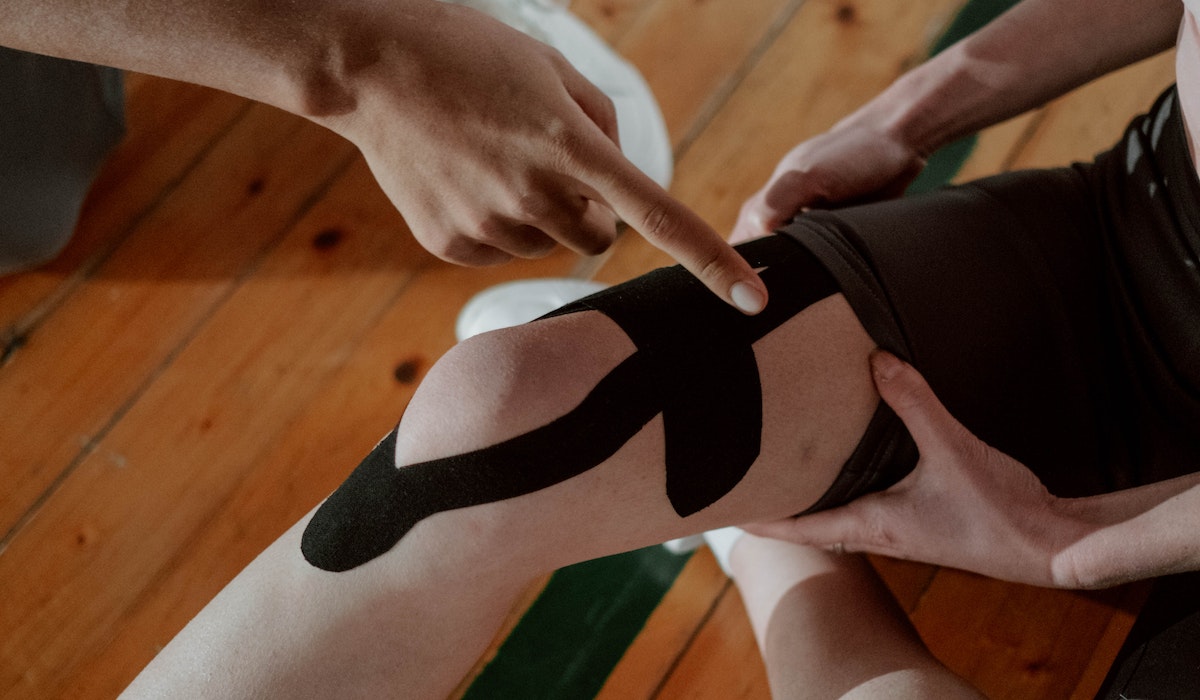
Experiencing chronic pain and stiffness in your joints may devastate your quality of life and make it difficult to do even the simplest tasks. While numerous pharmaceutical options exist for treating joint pain and stiffness, certain physical activities may relieve discomfort and increase mobility. This post will discuss eight routines you may do every day to ease your aching joints.
1. Walking
Joint pain and stiffness may be alleviated with one of the easiest and most effective exercises: walking. Walking helps increase circulation, improving the muscles that stabilize the joints. Moreover, walking aids with weight control, easing the strain on bones and muscles.
2. Swimming
Swimming, a low-impact activity, may be helpful for those with joint pain and stiffness. The buoyancy of the water eases pressure on your joints, allowing you to move about more freely and pain-free. Swimming is a great choice if you want to be in better shape since it is a full-body exercise.
3. Cycling
Similarly to walking, cycling is a low-impact workout that may help ease joint discomfort and stiffness. The circular action of bicycling is easy on the joints and helps develop the muscles that support them.
Suppose you’re just getting into cycling. Ease with shorter rides before building up to longer ones. If you are not confident riding outside, a stationary bike or recumbent cycle are excellent alternatives.
4. Yoga
In addition to its other benefits, yoga has been shown to positively affect joint flexibility, joint pain, and joint stiffness. Several common yoga positions, like the downward-facing dog, the warrior, and the tree, work on stretching and strengthening the muscles in and around the joints.
5. Tai Chi
Tai Chi, a martial art from China, is known for being easy on the body and beneficial for those suffering from joint pain or stiffness. Tai Chi’s gentle, fluid motions have been shown to benefit physical and mental health through increased stability and decreased tension.
6. Strength Training
By building stronger supporting muscles around the joints, strength training may enhance joint function and decrease joint pain and stiffness. Work on your strength using free weights, weight machines, resistance bands, or even your body weight.
7. Stretching
Joint pain and stiffness may be alleviated with a simple and effective exercise: stretching. Improve your range of motion and ease muscular tightness by stretching. While stretching, it’s important to take it easy and not overextend, particularly if you’re dealing with joint discomfort or stiffness.
8. Aerobic Exercise
Improved joint function and decreased joint pain and stiffness are two benefits of regular aerobic activity, such as brisk walking, running, or dancing. Improved cardiovascular health from aerobic exercise has been linked to less joint inflammation.
Benefits of Daily Exercises to Help Relieve Joint Pain and Stiffness
Mobility and Quality Life
If you’re struggling with joint pain and stiffness, incorporating daily exercises into your routine can be an effective method of joint pain management and improve your overall mobility and health.
Improved Joint Function
Physical activity has enhanced joint function by facilitating a greater range of motion, lowering joint stiffness, and enhancing equilibrium and coordination.
Stronger Muscles
Joint stress may be reduced and joint function enhanced with regular exercise, particularly strength training, which builds muscle surrounding the joints.
Factors to Consider Before Doing Daily Exercises to Help Relieve Joint Pain and Stiffness
Health Status
Considering your current health state before beginning an exercise program is essential. Talk to your doctor before beginning an exercise regimen if you suffer from a chronic ailment like arthritis or cardiovascular disease.
Joint Health
Moreover, think about which joints are hurting or becoming stiff. Certain activities may be more helpful than others for relieving joint pain, although this may vary from person to person and from the degree of their symptoms.
Physical Limitations
Factors like age, current fitness level, and physical disabilities should all be considered while planning physical activity. The frequency and intensity of your workouts will become clearer after reading this.
Conclusion
Joint pain and stiffness may be annoying, but many individuals find that regular exercise improves their quality of life. Exercising the joints in different ways may help improve their function, reduce discomfort, and loosen them up. At first, it’s best to ease into things and see how your body reacts. If you have any health issues or concerns, you should see your doctor or a qualified healthcare professional before commencing an exercise routine.


